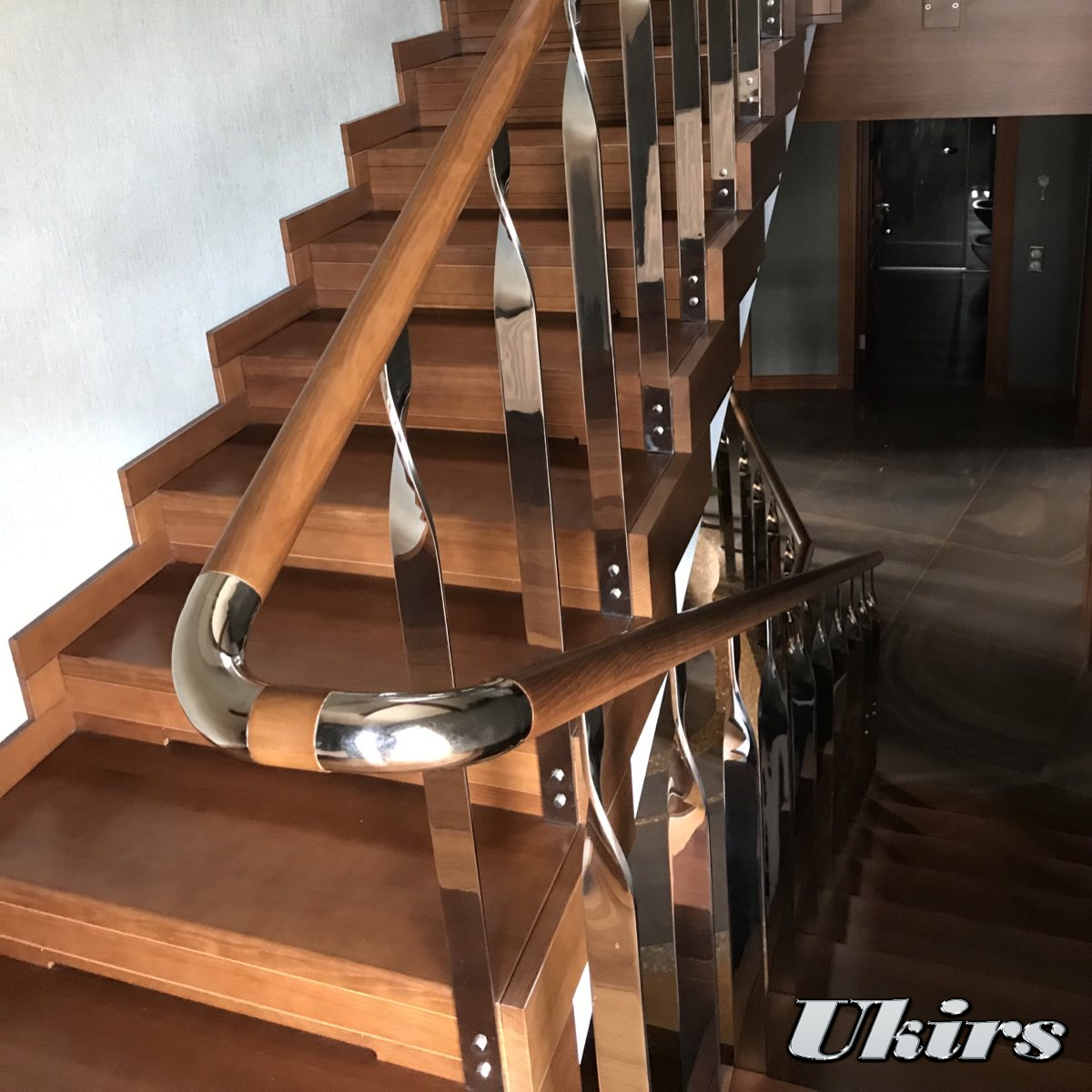AISI 201 | EN 1.4372 | DIN X8CrMnNi18-8 - stainless steel, belonging to the family of austenitic stainless steels. It is characterized by high strength, plasticity and rigidity. It has very low thermal conductivity. Products made of this grade of stainless steel can be used in a fairly wide range of temperatures.
One of the advantages of the grade is its fairly high resistance to corrosion. Such steel can be in moderately aggressive environments for a long time, for example, acidic ones. In this indicator, AISI 201 is slightly inferior to 300 series steels, but significantly superior to 400 series steels. However, very long-term contact of AISI 201 with aggressive chemicals is highly undesirable. It is not recommended to produce containers for industrial acids, alkalis, etc. from such steel.
Steel AISI 201: application, characteristics, composition, properties
This grade of steel is not magnetic but the metal can become slightly magnetic due to the addition of martensite or ferrite during cold working or welding.
The specific gravity of this stainless steel is 7.8 g/cm³.
Chemical composition: AISI 201 steel / EN 1.4372 | ||||||||
| C | Si | Mn | P | S | Cr | Ni | N | Fe |
| <0,15 | <1,00 | 5,5-7,5 | <0,045 | <0,015 | 15,0-15,1 | 1,00-1,06 | 0,05-0,25 | Other |
The alloying elements in it are: copper, nickel, manganese, chromium, nitrogen and carbon. And phosphorus and sulfur are harmful impurities. The alloy acquires the properties of austenitic steel due to nitrogen. Nickel and chromium repeatedly increase its anti-corrosion properties and provide good wear resistance, strength, rigidity and red hardness. The presence of copper increases the processability of the metal. Thanks to manganese, the processability of steel also increases and the content of sulfur and oxygen in it immediately decreases.
Mechanical properties
Stainless steel grade AISI 201 has excellent mechanical properties. In many ways, it surpasses many other grades. It is perfectly subjected to drawing, welding, stamping, plastic deformation and other mechanical operations.
The most important of many steel characteristics is the corrosion rate. Scientific research and laboratory tests have shown that stainless steel AISI 201 can withstand fairly long contact with a solution of table salt and organic acids without damage. No trace of corrosion was observed during the experiments. This grade also showed simply excellent results in crack resistance tests. Mechanical damage was not even recorded with a significant increase in load. Due to its high resistance to corrosion, the grade can be used in the food industry, for example, for the preparation and processing of food products.
During practical tests for resistance to high temperatures, it was found that scale forms on AISI 201 steel only after heating above 760 °C (degrees Celsius). And at lower temperatures, the alloy does not undergo changes, except for the appearance of a rainbow color when heated to 500 °C (degrees Celsius). Also, during long-term heating of containers made of the alloy, no change in the appearance of the walls was observed and no changes were recorded.
Technological properties
AISI 201 steel has excellent technological properties.
⓵ Hot processing
It is well processed by forging at a temperature of 1260 °C (degrees Celsius). The forging can be cooled even in the open air at room temperature. At the same time, stainless steel does not lose its austenitic structure and other useful properties. Due to the presence of copper in the alloy, it is highly plastic, which significantly facilitates such operations with the alloy as drawing and broaching. Copper also reduces the time of deformation compaction of the alloy and increases its corrosion resistance in some situations.
⓶ Cold processing
During cold processing it also does not lose its qualities and retains its plasticity and rigidity. This alloy is well suited for such cold operations as deep drawing, bending, upsetting, stamping and others. AISI 201, like the 300 series grades, is characterized by deformation compaction.
⓷ Mechanical processing
Mechanical processing of blanks and products made of AISI 201 steel is generally similar to similar operations with 300 series alloys, but requires greater force. The fact is that 200-group grades are more rigid and durable than 300-series grades.
⓸ Welding
Excellent weldability. The welding operation can be carried out at a relatively low temperature, since at high temperature loads scale may form on the surface of the product or workpiece. As additives for welding, grade 308 and other grades of this series can be used. The probability of intercrystalline corrosion is approximately equal to that observed when welding AISI 304.
Application
Relatively low cost (price) stainless rolled metal products made from this grade and its high anti-corrosion properties make it a very popular structural material for the manufacture of various kitchen items, parts for appliances and food equipment. Kitchen items, dishes, liquid tanks, other containers for storing water, such as flasks, thermoses and much more are made from this grade of metal. Today, it is very popular stainless steel pipe tube AISI 201 made from this material.
In the food industry, this grade is used in equipment that comes into direct contact with food and water.
This steel is suitable for the production of individual furniture parts, decorative elements, some construction elements, such as railings, handrails, cladding, frames, etc. In the automotive industry, some body elements and other external structures are produced from it: bumpers, rims and various trim elements.

